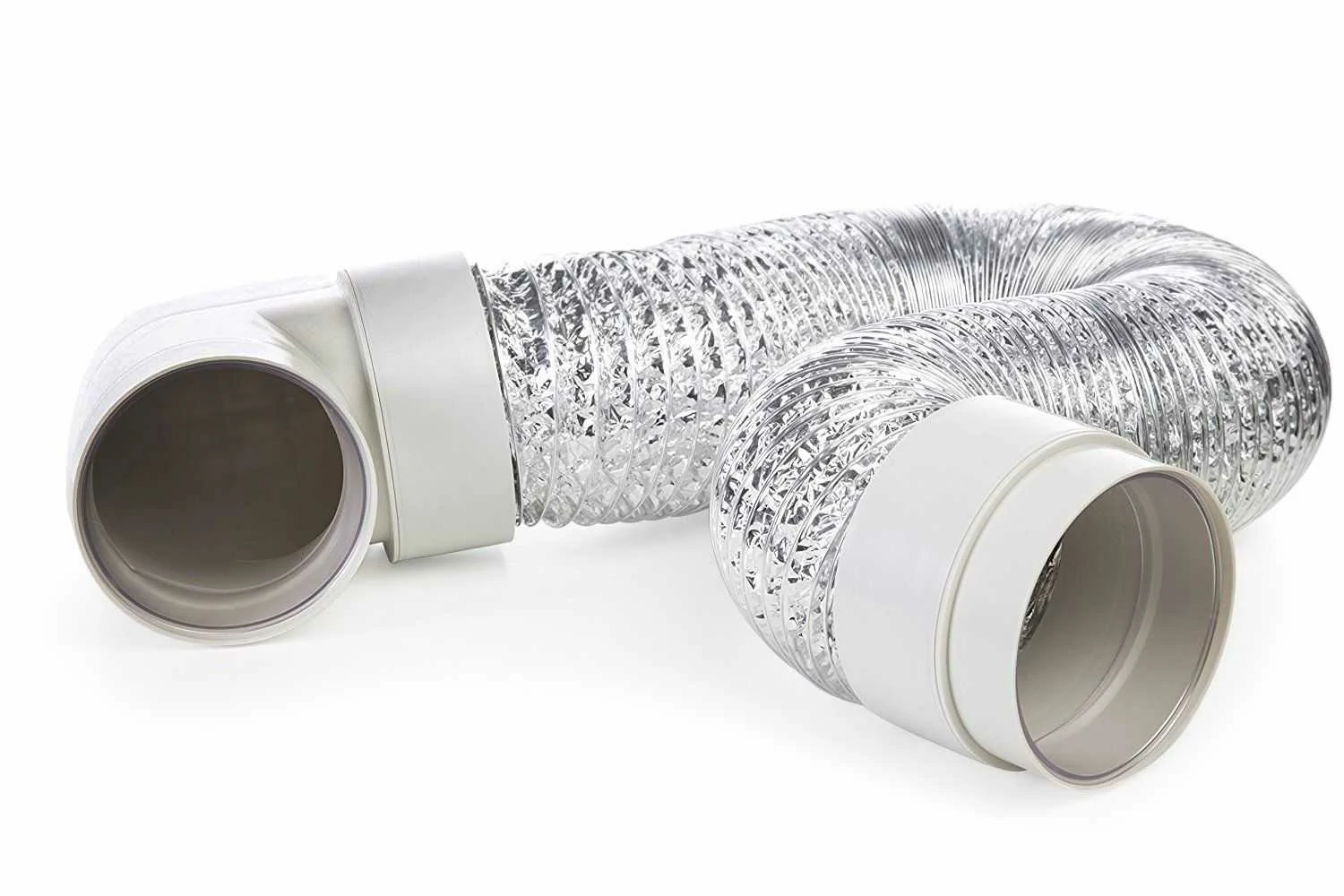In the manufacturing industry, various processes are used to produce different types of films for packaging, lamination, and other applications. One such process is co-extrusion cast film production, which involves the simultaneous melting and extrusion of multiple layers of polymer materials to create a single film. This article will focus on single-layer and multi-layer co-extrusion cast film production lines, exploring their differences, advantages, and applications.
Single-Layer Co-extrusion Cast Film Production Line
The single-layer co-extrusion cast film production line is designed to produce films with only one layer of polymer material. This process involves the feeding of the polymer pellets into an extruder, where they are melted and then forced through a flat die to form a continuous film. The film is then cooled and solidified using a chill roll system before being wound into rolls.
This type of production line is commonly used for applications that require simple films with single-layer properties, such as general packaging films, agricultural films, and industrial films. The advantage of a single-layer co-extrusion cast film production line is its simplicity and cost-effectiveness. Since it requires only one extruder and die, the initial investment cost is relatively low. Additionally, the process is straightforward and easy to control, resulting in consistent film quality.
Multi-Layer Co-extrusion Cast Film Production Line
The multi-layer co-extrusion cast film production line is designed to produce films with multiple layers of polymer materials. This process involves the simultaneous extrusion of two or more polymer materials from separate extruders. The molten materials are combined in a feed block or a multilayer co-extrusion die, which defines the layer thickness and arrangement. The combined layers are then forced through a flat die to form a single film.
This type of production line is used for applications that require films with specific properties, such as barrier films for food packaging or films with different mechanical properties for diverse industrial applications. The advantage of a multi-layer co-extrusion cast film production line is the ability to control and customize the film’s properties by varying the composition and arrangement of the polymer layers. This allows for the incorporation of additives, such as UV stabilizers or oxygen barriers, in specific layers to enhance film performance.
Applications
Both single-layer and multi-layer co-extrusion cast film production lines find extensive use in various industries and applications. Single-layer films are commonly used in general packaging, where simplicity and cost-effectiveness are essential. These films provide basic protection and serve as a barrier against dust, moisture, and other external factors.
On the other hand, multi-layer films offer enhanced functionality and versatility. They are widely used in food packaging to extend the shelf life of perishable products by providing excellent barrier properties against gases, moisture, and light. These films also find applications in medical packaging, where specific barrier properties are required to maintain product sterility. Additionally, multi-layer films are used in agriculture for greenhouse covering, silage wrapping, and mulching applications due to their UV resistance and mechanical strength.
In conclusion, both single-layer and multi-layer co-extrusion cast film production lines have their respective advantages and applications. The choice between them depends on the desired properties and requirements of the final film. The manufacturing industry continues to evolve, offering innovative solutions to meet the ever-changing demands of packaging and other industries.
.webp)
